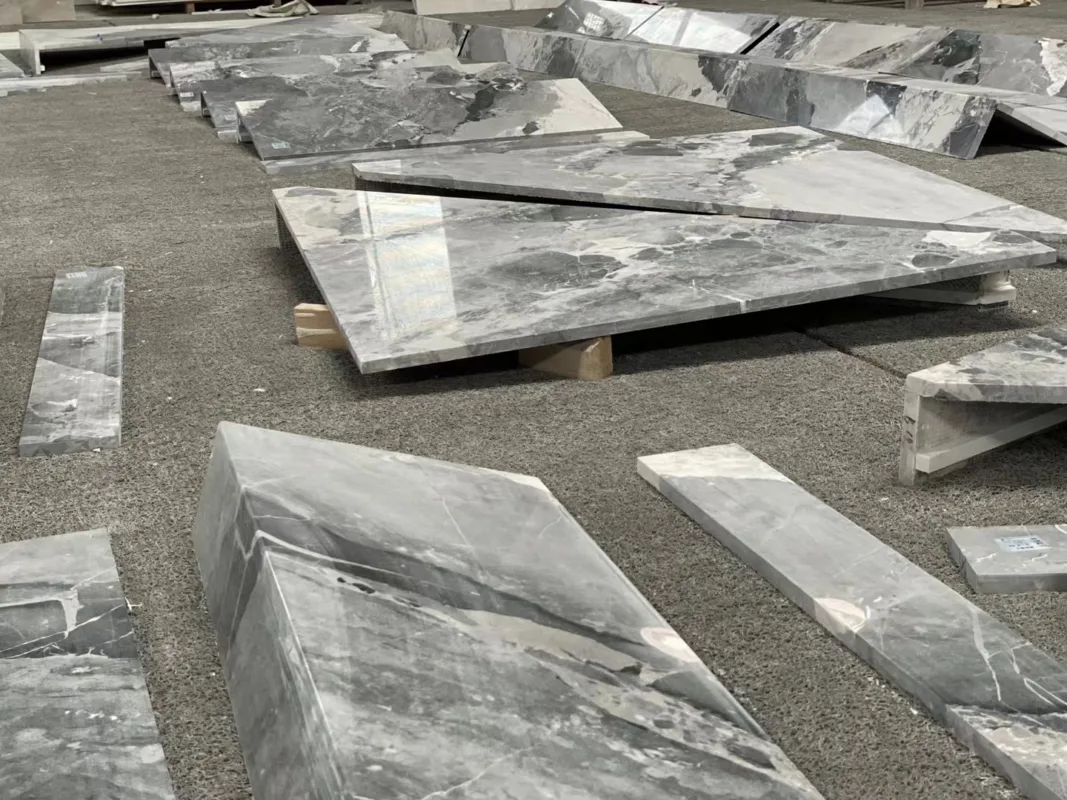Blog
The Future of China Marble: Innovations and Trends in the Stone Industry

The marble industry in China, a significant player in the global market, stands at the brink of a transformative era marked by innovation and new trends. As the demand for high-quality, aesthetically pleasing materials increases worldwide, the Chinese marble industry is evolving, adopting advanced technologies and sustainable practices to meet the changing needs of consumers and businesses alike.
Technological Advancements
One of the most notable trends in the future of China’s marble industry is the integration of technology in quarrying and processing operations. Automation and robotics are becoming increasingly prevalent, enabling more precise cuts, reduced waste, and improved safety for workers. Drones, for instance, are used for site surveys and to monitor quarry conditions, which helps in planning and executing extraction strategies more effectively.
Additionally, digitalization plays a crucial role in the enhancement of the marble industry. The use of 3D imaging and computer-aided design (CAD) allows for intricate patterns and designs that were previously impossible or costly to achieve. These technologies not only increase the efficiency of the production processes but also open up new design possibilities for architects and interior designers.
Sustainable Practices
Sustainability is another critical area of focus. The marble industry, historically known for its significant environmental impact, is making strides towards more sustainable practices. This includes water recycling systems, dust suppression techniques, and the utilization of leftover marble fragments in secondary products such as tiles and mosaics. Such initiatives not only help reduce the environmental footprint of marble quarrying and processing but also align with global environmental standards, making Chinese marble more appealing to environmentally conscious consumers.
New Aesthetic Trends
As global design trends shift, so too does the variety of marble that consumers demand. There is a growing preference for unique, high-quality stones with striking patterns and colors. This trend drives Chinese quarries to explore deeper and expand their operations to unearth rarer marble varieties. Additionally, the customization of marble products is becoming a prominent trend. Consumers are increasingly looking for bespoke solutions that cater to their specific design needs, a shift that China’s marble industry is well-equipped to handle due to its large scale and flexible manufacturing capabilities.

International Collaborations
To foster growth and innovation, Chinese marble companies are increasingly participating in international collaborations. These partnerships involve technology sharing, joint ventures in mining, and cross-border architectural projects. Such collaborations not only enhance the technological capabilities of Chinese marble firms but also broaden their access to global markets.
Market Expansion
Finally, the expansion of the Chinese marble industry into new markets is facilitated by China’s Belt and Road Initiative (BRI), which has opened up new avenues for the export of marble to Asia, the Middle East, and beyond. The initiative helps streamline logistics and reduce transportation costs, making Chinese marble more competitive in the international arena.

Conclusion
The future of China’s marble industry looks bright, with numerous opportunities for growth and innovation. By embracing technological advancements, sustainable practices, and global market trends, China is poised to maintain and enhance its position as a leader in the global stone industry. The industry’s evolution will likely continue to be characterized by a blend of tradition and innovation, ensuring that Chinese marble remains a preferred choice for both aesthetic and practical applications in construction and design worldwide.

